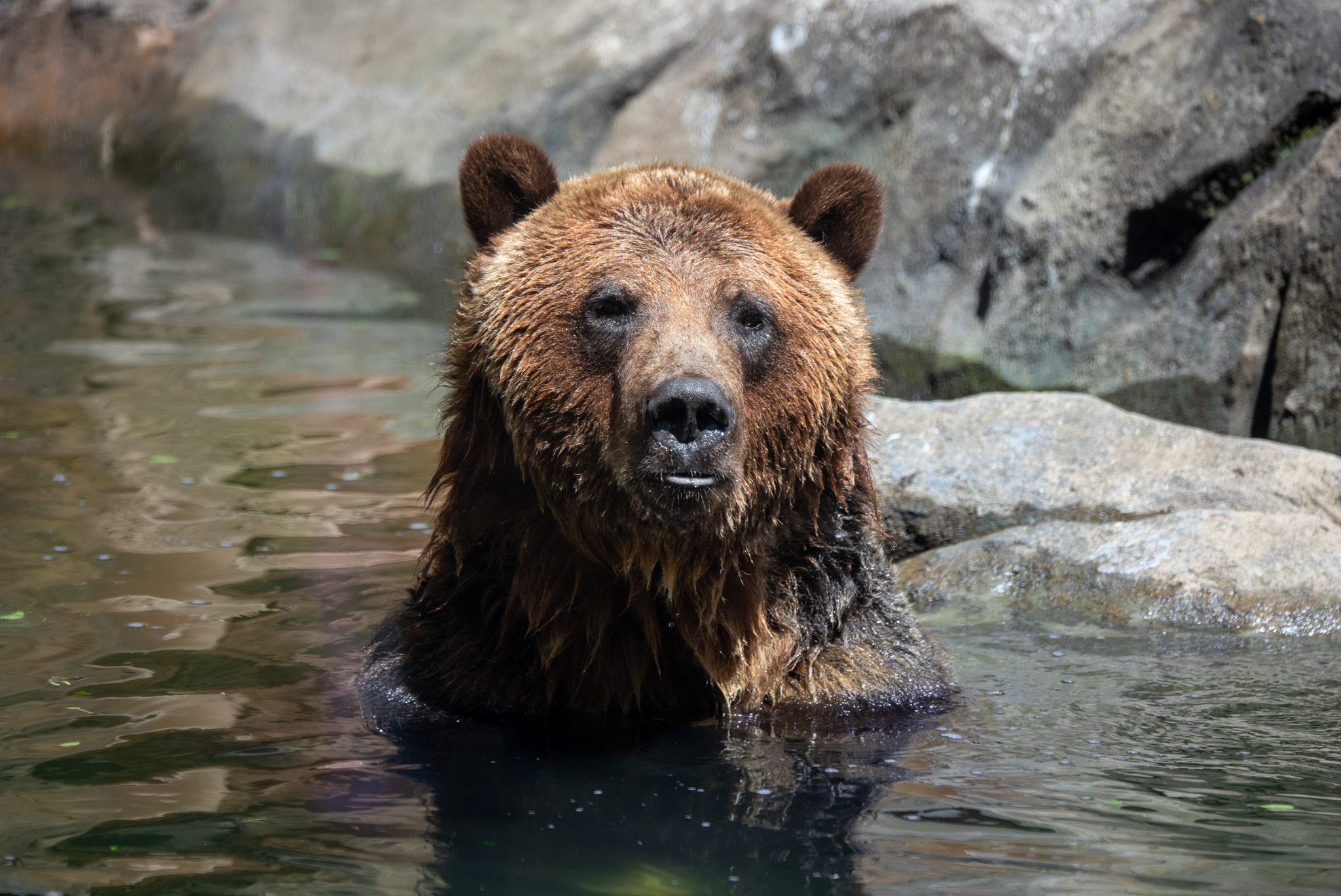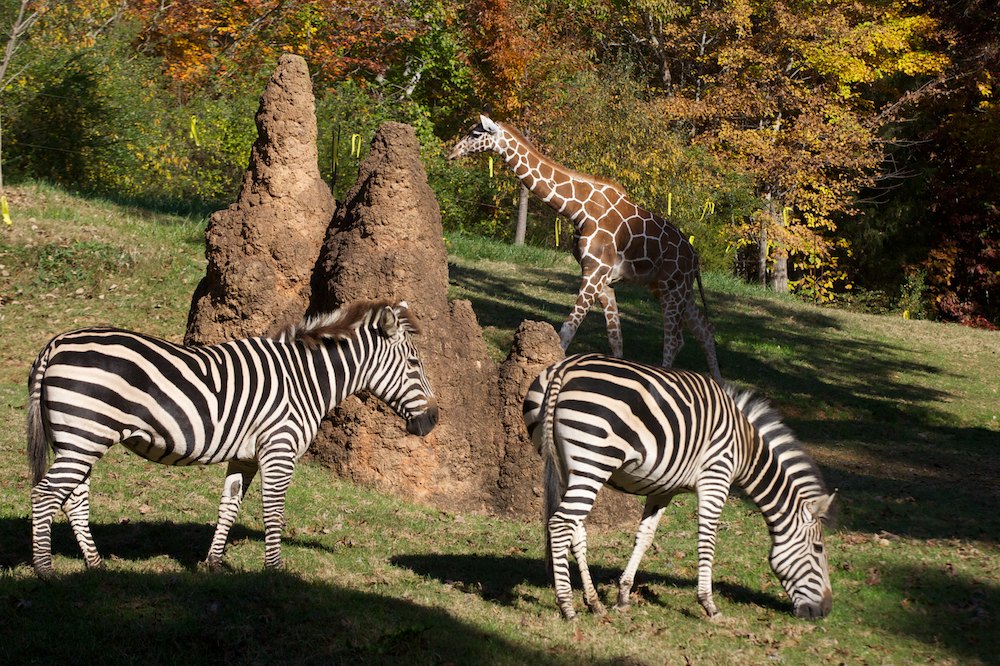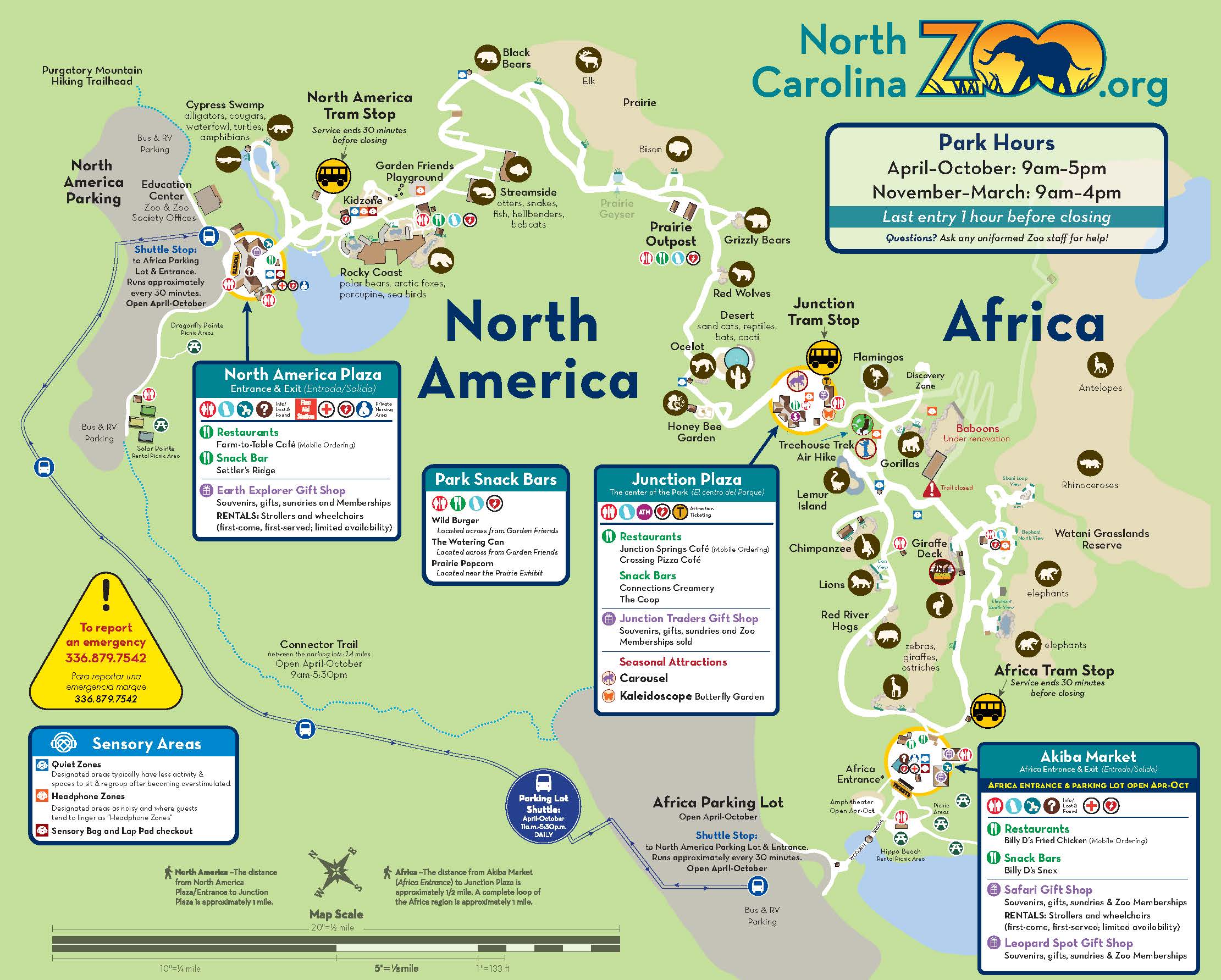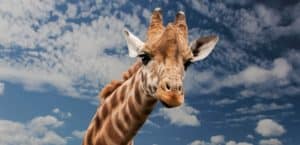As the world’s largest natural habitat zoo, the animals at the North Carolina Zoo have plenty of room to roam across multiple habitats and regions.
North America Zoo Habitats

In 1994, the Zoo as it’s when the North American region opened and three polar bear siblings arrived. Payton and Anana are the current polar bear stars and are joined by black bears, red wolves, and hundreds of other animals in this diverse region.
Animals Featured:
- Prairies:
- Bison
- Elk
- Honey Bees
- Grizzly Bears
- Streams:
- Owls
- Bobcats
- Snakes
- Otters
- Fish
- Swamp
- Turtles
- Alligators
- Treefrogs
- Cougars
- Marsh
- Birds
- Insects
- Beavers
- Muskrats
- Snakes
- Frogs
- Coastal
- Fox
- Seals
- Polar Bears
- Puffin
- Red Wolf
- Black Bears
Africa Zoo Habitats

The ground was first broken for the African region in the spring of 1976, and the grand opening of the original five African habitats took place in 1980. Today, it’s home to a multitude of habitats, including those showcasing chimpanzees, giraffes, gorillas, zebras, and, of course, elephants.
Animals Featured:
- Grasslands
- Gazelle
- Elephants
- Bongos
- Waterbuck
- Oryx
- Kudu
- Ostrich
- Rhinocerous
- Baboons
- Gorillas
- Lemurs
- Chimpanzees
- Zebras
- Ostrich
- Giraffes
- Red River Hogs
- Lions
Desert Zoo Habitats

The Desert is a glass-domed building designed to recreate an arid, colorful desert. Walk among free-flight birds and towering saguaros and watch the racing roadrunners.
Animals Featured:
- Skinks
- Pupfish
- Tortoise
- Gila Monster
- Ocelot
- Vampire Bat
- Monitor Lizard
- Sidewinder
- Kookaburra
- Sand Cat
- Porcupine
Asia Zoo Habitats (Coming Soon!)
The Zoo is thrilled to announce that a new region, Asia, is in development and is scheduled to open in the next few years. Asia is expected to include, among other animals, tigers and Komodo dragons
NC Zoo Map


